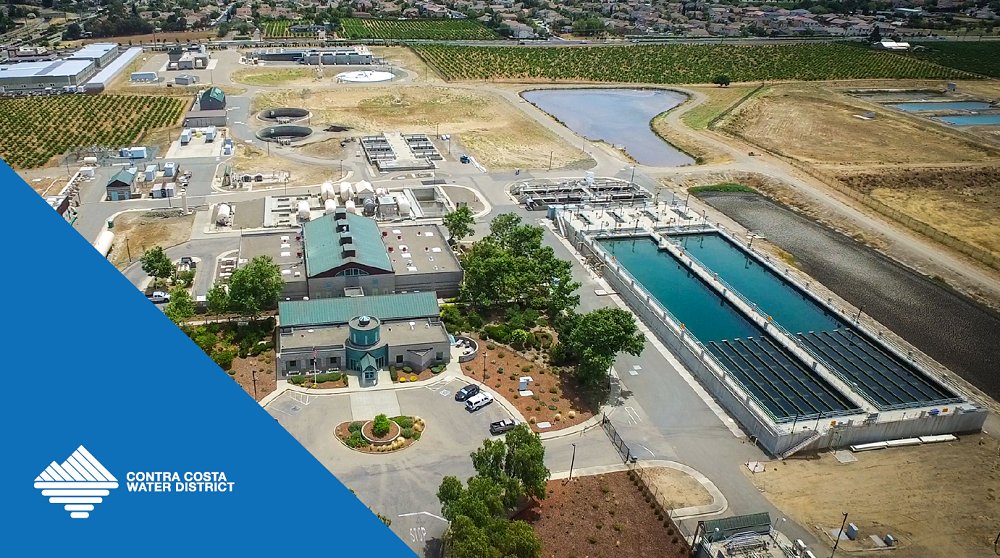Municipalities and utilities have turned to electronic reporting tools (ERTs) to streamline, consolidate and automate their water and wastewater data processes for decades.
These tools cut down on lost or duplicate data, provide users with automated alerts, and generally make sampling a much less painful and time-consuming process.
At the same time, water managers know that sampling is just one part of the equation.
No part of a successful water management operation can function in isolation from another—but that’s also precisely what happens when utilities need a different application to manage each aspect of the water process, whether it be water quality or effluent monitoring, permitting, or inspections.
Adopting a truly unified approach to water management might be the only way that municipalities and utilities can protect themselves from another problem: too many tools.
To illustrate how, we’re going to compare two different water sampling solutions today:
Klir
An all-in-one cloud-based water management platform—and more specifically Klir’s sampling capabilities, which delivering fast and up to date sampling and water quality results to decision makers at water and wastewater utilities.
WaterTrax
An electronic reporting tool provided by Aquatic Informatics.
Klir Water Management Software: A Quick Intro
Until recently, the information that operators and managers at water utilities needed to do their jobs was fragmented, dispersed across numerous systems, incomplete, or otherwise difficult to access.
Launched in 2018, Klir is the first system to bring these disparate functions together into one complete SaaS based software suite.
Klir's Drinking Water Management platform allows water quality teams to manage monitoring plans and sampling outcomes against relevant legislation and regulations such as the Safe Drinking Water Act (SDWA). Meanwhile, Klir's Wastewater Management Platform allows treatment plant operators to manage effluent reporting and DMR reports, so they can stay compliant with key regulation such as NPDES (National Pollutant Discharge Elimination System).
Instead of relying on a mishmash of different systems and software, Klir brings the entire team onto one platform and pulls in data from lab reports, LIMS, SCADA & GIS to create a single source of truth for sampling activities utility-wide.
This allows operators to
- See trends across the entire water system—from sampling, to permitting, inspections & more—and make decisions with clarity and confidence.
- Automate manual tasks and data analysis that were once tracked in Excel or Outlook, from scheduling sampling runs, to interpreting sampling results, to generating regulatory reports, eliminating 1+ days of admin work each week.
- Have peace of mind knowing that Klir’s automatic alerts for MCLs, operational limits, and numerous other types of limits will trigger in case anything ever goes wrong, and feel confident that every sample has been completed on time.
WaterTrax: A Brief Overview
WaterTrax was first launched in 2002 with the goal of helping utilities and municipalities detect adverse water quality events earlier and faster, offering quick access to current and historical data, automatic alerts, and a consolidated repository for lab data, all in a web-based system that didn’t require and special hardware or software to run.
Today WaterTrax’s focus is water and wastewater management, and the typical user will use the tool to do three things: set up a sampling schedule, set up their water infrastructure, and begin consuming data from labs and field samples.
In 2017, WaterTrax was acquired by Vancouver’s Aquatic Informatics company, where it exists alongside a family of applications purpose-built for different aspects of the water management process, including:
- Aquarius Samples, an environmental lab and field sample data production tool.
- Linko, an Industrial Pretreatment and FOG solution.
- Tokay, a backflow prevention and cross-connection control tool.
One Platform vs. a Family of Separate Apps
While WaterTrax and the Klir sampling module might have a lot of overlap, the biggest difference between the two is Klir’s unified platform approach to water, as opposed to Aquatic Informatics’ à la carte approach.
While Klir users can move seamlessly from managing water and wastewater processes to other key processes such as permitting, inspections, asset management, and backflow or cross-connections, WaterTrax users are forced to switch to a different Aquatic Informatics application every time.
The Klir system unifies sampling and water monitoring alongside permitting, inspections, asset management, and backflow or cross-connections. This allows utilities to:
Break Down Silos
Reducing contradictory data, enabling constant information sharing across departments and teams, and reducing knowledge-loss during employee retirements or absences.
Spend Less time on Implementation
Klir allows utilities to train multiple teams on a single system and manage multiple process in one central software system.
Work With a Single Source of Truth
As your organization grows and its data needs increase, your ability to create and work from a single point of truth will become increasingly important.
The Klir Water Management Platform in Action
In addition to the benefits of Klir’s platform approach, there are also specific areas where Klir allows utilities to manage sampling and water quality outcomes with ease:

1. Powerful Monitoring Plans and Sample Scheduling
Klir unifies monitoring plans and sample scheduling across the utility, and making those functions available across working groups (whether it be compliance, water quality, operations, or treatment facilities).
Klir is a SaaS-based program that can be securely accessed on any device, anywhere, and is designed with an intuitive user interface so that any delegated user in your organization can set up their monitoring plan, select what they want to monitor against, track sampling outcomes against relevant parameters, and provision their plan with a set of recurring tasks.
2. Better Lab Data Processing
Klir currently provides users with numerous ways of entering data into the system, including:
- Manual frontend data entry
- Frontend data import through the import tool
- SCADA import
- SFTP file transfers
- Sample results APIs (future)
Klir is also developing a sampling API that will expand even further on users’ ability to get data into the Klir system easily.
3. Powerful Customization and Automation Functions
With automatic alerts and notifications triggered by sampling processes, Klir allows operators to create custom rules for almost any process or parameter in their water data management system, making it a powerful automation tool.


Klir vs. WaterTrax: Feature-by-Feature
4. It’s Built for Maximum Accessibility
Unlike most legacy water systems, Klir focuses on providing a user-friendly, intuitive and accessible experience that is designed to be used by anyone within the utility, regardless of experience. Klir makes your systems more transparent, not less, making it the clear choice for readability and ease of use out of the box.
5. One Product, One Vision
Klir is unique among competing water management platforms which because it was built as a unified water management solution from the ground up.
This means Klir allows users to avoid the pitfalls commonly associated with legacy software suites—including duplicate data, overlapping processes, multiple licenses, uneven product development, and lack of cross-app integration—while ensuring that your team can be trained and brought onto a single, unified system.
6. Collaboration and Task Management Tools
Klir allows teams to manage all of their tasks in-app, offering an internal chat and reply functionality, user tagging, and commenting, turning the platform into a single channel for collaboration and project management across the organization.
Meanwhile, legacy water management systems often don’t include internal collaboration or communications tools, forcing teams to come up with their own off-platform solutions (usually email).

.svg)
.svg)




.svg)
%201%20(1).svg)